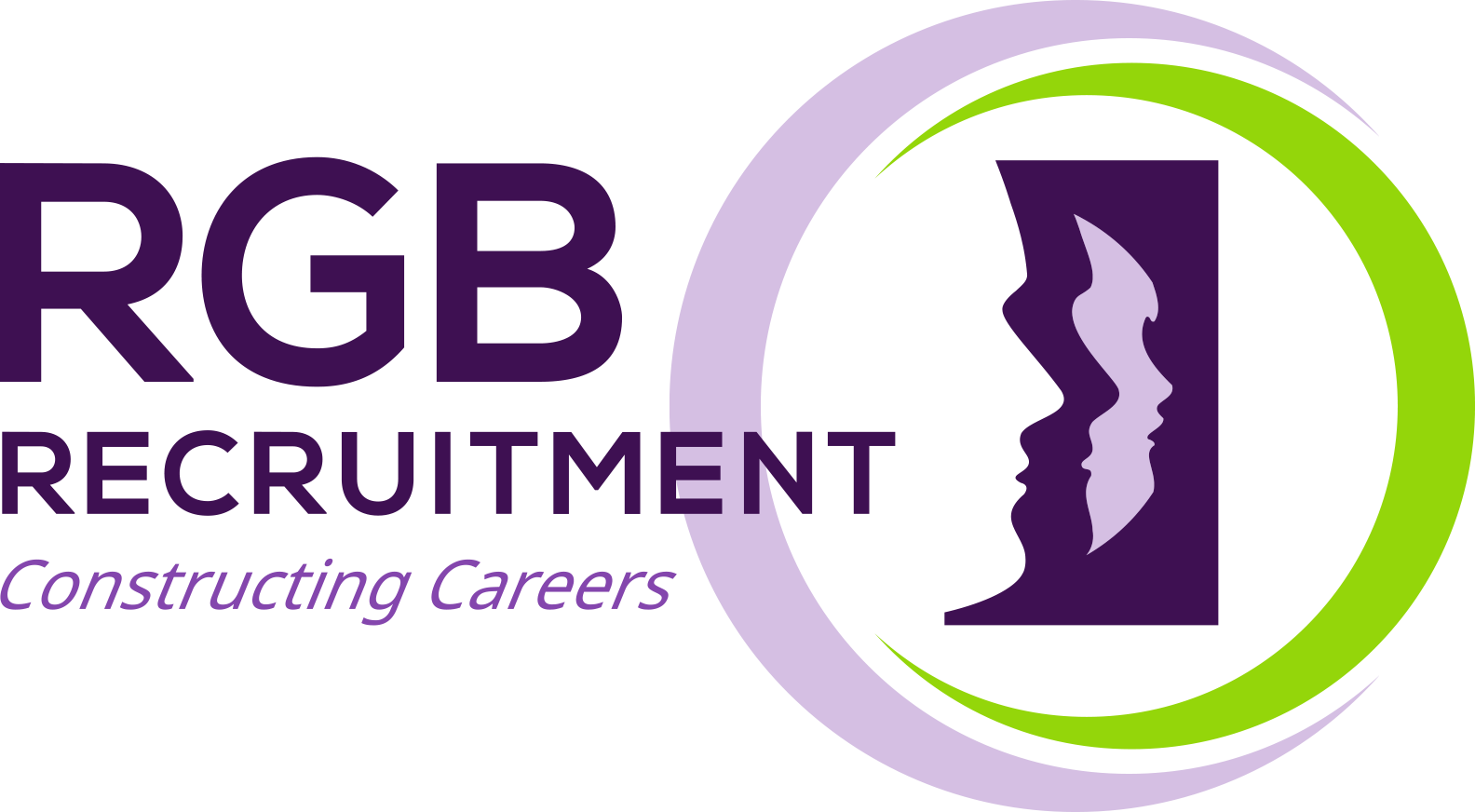Why Is A CV Important?
If you think about a shop window, it provides insight into what’s inside, with some key pieces of info available at a glance.
Your CV is the same; it’s a document built to provide a concise, yet impactful summary of what you have to offer to potential employers. However, keeping your entire career within a couple of pages can be tricky; luckily, there are some easy ways to ensure the creation of this document is a smooth process.
Nicola’s Top Tips
Style & Structure
- Use standard fonts - Generic fonts like Arial & Calibri are always safe bets, and avoid decorative or hard-to-read typefaces.
- Graphics & Tables - Keep graphics, tables, and colour use to a minimum, especially for ATS (Applicant Tracking System) compatibility.
- Layout - Stick to a clean, simple layout with clear section headings and consistent formatting throughout.
- Use bullet points to present information clearly and concisely.
- Use a reverse chronological order — listing your most recent experience first.
Content
- Keywords - Incorporate keywords from the job description to help your CV pass through ATS filters.
- Length - Limit your CV to two pages maximum, unless the job or industry specifies otherwise.
- Layout - Ensure the layout is visually clear and well-organised, with enough white space between sections to improve readability.
- Delivery - When sending your CV to employers, avoid sending pictures of the document; instead, submit it as a PDF or Word document.

How Employers Read Your CVs
On average, hiring managers and recruiters spend 6 to 8 seconds scanning a CV during the initial review. This quick scan is usually focused on:
- Job titles and companies
- Dates of employment
- Relevant skills and qualifications
- Formatting and readability
If the CV passes this first scan, the recruiter might then spend 1 to 2 minutes reading it more carefully.
- 75% of CVs never get seen by a human because they’re rejected by Applicant Tracking Systems
- Spelling or grammar errors cause 59% of recruiters to reject a CV instantly
- Approx. 80% of jobs available are never advertised – explain both sides of my job role
- 88% of resumes are rejected due to a photo, fancy formatting, or unprofessional email addresses
Conclusion
Career studies suggest that around 6 to 7 out of 10 people (60–70%) struggle with writing a strong CV or don't fully understand how to do it effectively. By following the tips above, you separate yourself from the competition and become more appealing to employers.
If you need more help, download RGB’s CV workshop resource for more information.
RGB’s CV Workshops
We remain committed to helping both current and former armed forces members with their transition into the workforce. If you require support or help with your CV, have a look at our line of resources or get in touch with Nicola today at nharris@rgbrec.co.uk.



